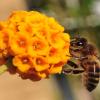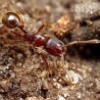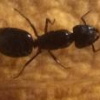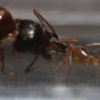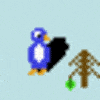So I currently have a small Lasius niger colony in a testube with a very small outworld attached. The outworld contains a sort of gravel/sand that is meant for reptiles. I have many Lasius niger colonies but in one colony, one worker ant has taken it upon itself to start moving this sand/gravel into the testtube. Only one. So my question is why? Why has only one ant from one colony decided to start doing this? Why only one colony, why only one worker?
Thanks


